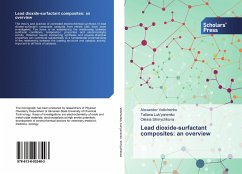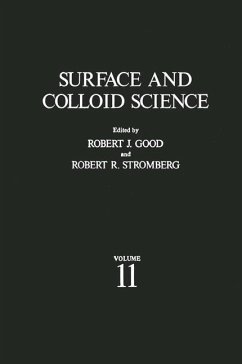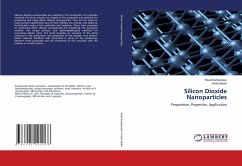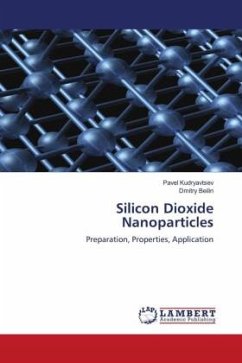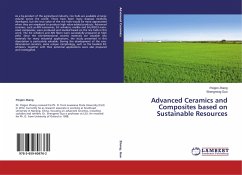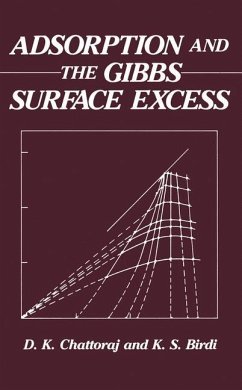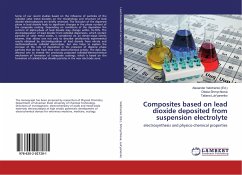
Composites based on lead dioxide deposited from suspension electrolyte
electrosynthesis and physico-chemical properties
Herausgegeben: Velichenko, Alexander
Versandkostenfrei!
Versandfertig in 6-10 Tagen
33,99 €
inkl. MwSt.

PAYBACK Punkte
17 °P sammeln!
Some of our recent studies based on the influence of particles of the colloidal valve metal dioxides on the morphology and structure of lead dioxide electrodeposits are briefly reviewed. The inclusion of the dispersed phase in lead dioxide leads to significant changes in the phase content of the composite coating. Depending on conditions of the deposition the content of alpha-phase of lead dioxide may change within 16-76%. The electrodeposition of lead dioxide from colloidal dispersions, which contain particles of valve metal oxides, is considered via an eleven-stage kinetic scheme, that allow...
Some of our recent studies based on the influence of particles of the colloidal valve metal dioxides on the morphology and structure of lead dioxide electrodeposits are briefly reviewed. The inclusion of the dispersed phase in lead dioxide leads to significant changes in the phase content of the composite coating. Depending on conditions of the deposition the content of alpha-phase of lead dioxide may change within 16-76%. The electrodeposition of lead dioxide from colloidal dispersions, which contain particles of valve metal oxides, is considered via an eleven-stage kinetic scheme, that allows one not only to describe satisfactorily experimental results obtained by electrodeposition of lead dioxide from nitrate and methanesulfonate colloidal electrolytes, but also helps to explain the increase of the rate of deposition in the presence of disperse phase particles that do not have their own electrochemical activity. The data also allowed one to extend the previously proposed colloidal-electrochemical mechanism of formation of composite coatings, which is based on the formation of colloidal lead dioxide particles in the near electrode zone.



